For Land, For Identity
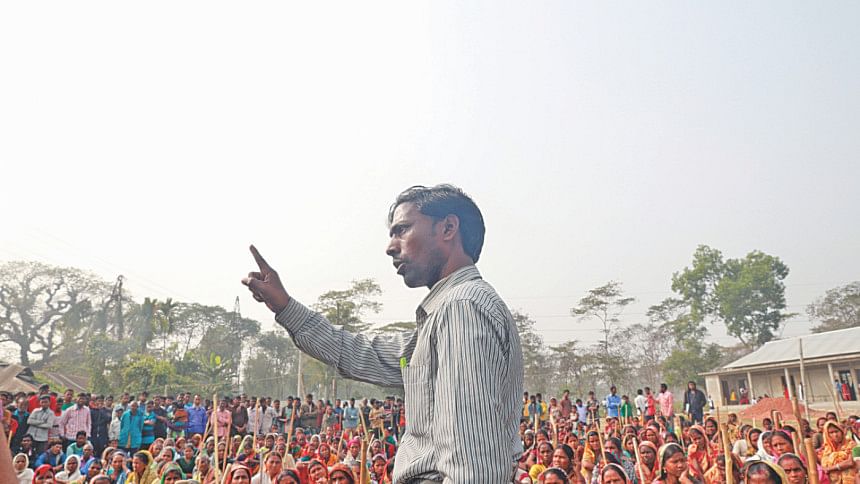
Photos : Kazi Tahsin Agaz Apurbo
Just past the bridge that connected the Tea Estate to Chunarughat Upazila, however, you could hear loud voices revolving around what seemed from afar to be a bonfire. Upon closer inspection, the dark shapes began to take the form of a few dozen men huddled around a fire, talking loudly to keep themselves warm in the biting cold. Each of them carried with them a weapon -- bows and arrows, long machetes, a pickaxe and even a few sharp bamboo sticks. These men were all tea workers and they were sitting on 512 acres of farmland that the government had decided to take away from them.
WHEN BONDED LABOUR MEETS INDUSTRY
In 2010, the Bangladeshi government passed the Economic Zones Act in order to meet the inadequate returns of revenue from export in the country's export processing zones (EPZ). Under this act, the Bangladesh Economic Zone Authority (BEZA) had the power to allocate “backward and underdeveloped” areas of the country to the construction of economic zones designed to attract foreign investment into the country. The full list of benefits to developers and investors alike is very tempting. Developers have full tax exemption until the 10th year and investors have a 100% tax holiday for two years with a declining tax exemption until the 10th year.
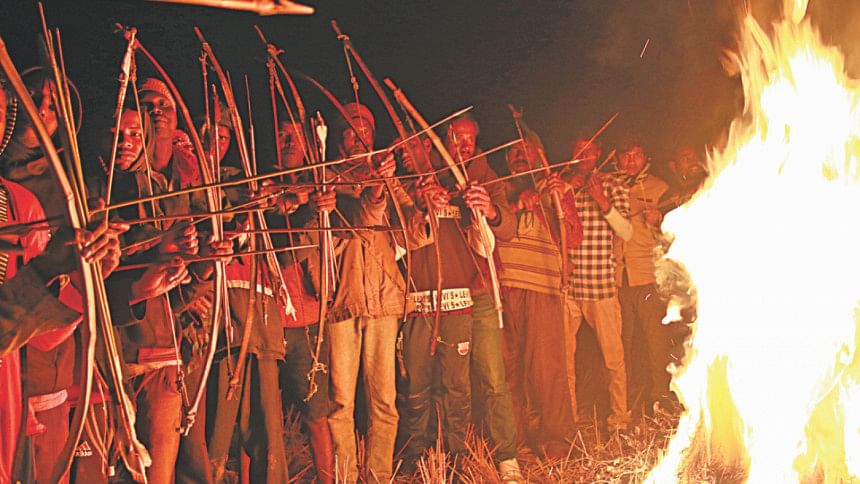
The economic zones also offer full repatriation of all capital and dividend made by the foreign firm on Bangladeshi soil, with people who invest upwards of $75,000 getting permanent residency in the country, according to the BEZA. Any layman investor looking at these numbers will surely raise an eyebrow or two, because not only can these be termed “investment friendly” incentives, but they are “friendly” to the point of becoming ridiculous. Under this directive, BEZA has already greenlighted economic zones in Mirsarai, Sirajgonj and Mongla among other places. The 512 acres of land in Chandpur Tea Estate was intended to be another in the list of economic zones to be set up. This land has historically been used by the tea worker's to farm in order to survive as their meagre Tk 69 a day wage is nowhere near enough to sustain even a bare existence.
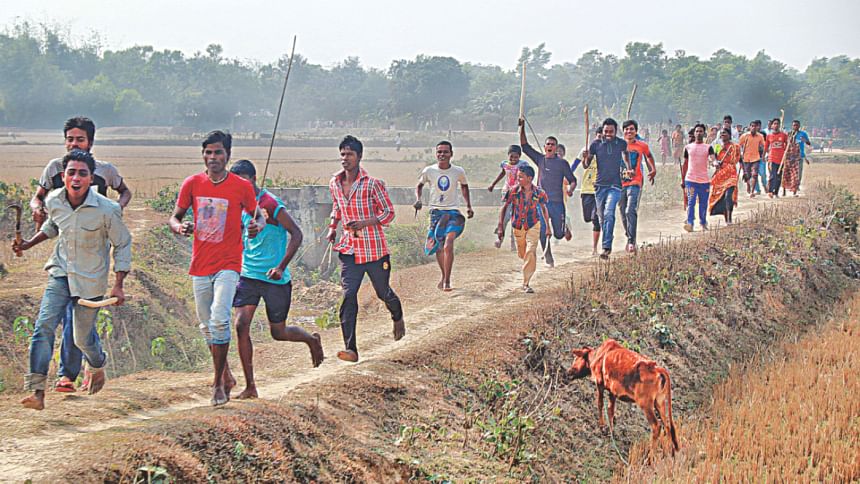
Sometime during 2014, the workers found out via a newspaper that their farmland had been earmarked for an economic zone. On December 13, 2015 they saw another newspaper inviting them to help in the inauguration of the economic zone. The tea workers did not appear with the garlands and open arms that BEZA expected. Instead, they came in their thousands with any and all kinds of weapons, demanding that the authorities leave their land alone. They have not left the land since then, holding daily protests by suspending work inside the tea gardens. Some 16,000 families stand to be affected if the government takes away the farm land. At the same time, government and local ruling party's promises of jobs and compensation have fallen on deaf ears. They have been accustomed to this carrot and stick story before. When oil was discovered in neighbouring Haripur, the tea workers were promised jobs in return for backing the local ruling party representative for elections. They voted him into power, he never came good with his promise.
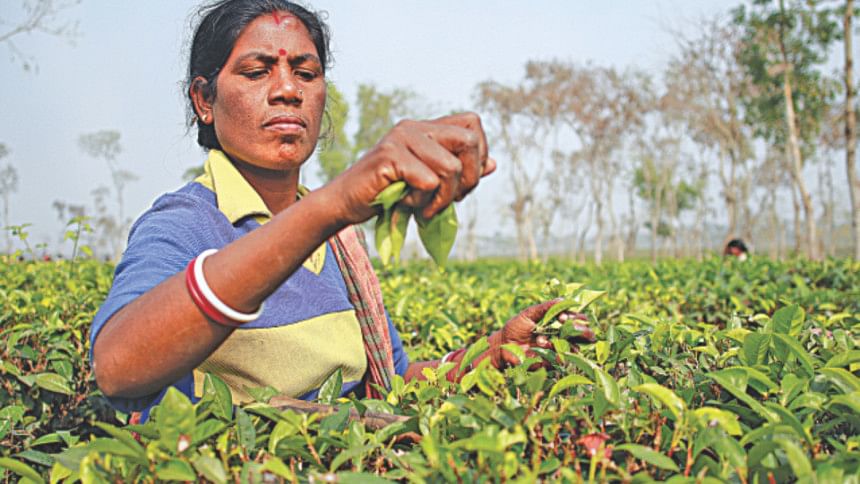
The conflict between BEZA and the tea workers brings together two very different economic systems. On the one side there is the neoliberal possession of land for the accumulation of capital and on the other there is the economic and social model that has remained in place since colonial times all around the world. The state of the tea worker is not very different from an indentured servant during the time of the Trans-Atlantic Slave Trade. Slavery was abolished several centuries ago (its imprint still manifests itself in racism around the world today) and yet this existence of bonded labour is still a profitable enterprise in the tea gardens of Bangladesh. It is astonishing to even consider that in 2015/2016 this practice of bonded labour is still prevalent, following the exact model that the Imperial British government created. The workers get a daily wage and some rations every week (3kg of rice) for almost ten hours of back-breaking work every day. Worse still is the fact that jobs inside the Tea Estate have not increased even though families have multiplied. The jobs follow the colonial rule of the “labour line” wherein jobs are transferred from one generation to the other, leaving the other members of the families to find jobs elsewhere (a difficult ask, considering the frequent communal conflicts in rural Bangladesh) or to farm for their survival on the very land that BEZA wants.
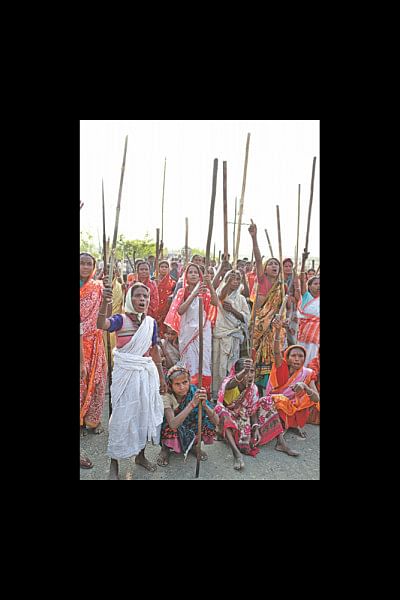
“The British brought over our ancestors more than 150 years ago to this place. They promised us lots of money and a good life but it was all a lie, of course,” says Kanak Rajbongshi, tea worker and a leader in the land rights' movement. “We tried to flee before, in the early 1900s, back to India but the British hunted us down. We were brought back yet again. At that time, it was even worse, we were dying every day from starvation. That's when the British pointed to hills and told us to cut them down and farm there.”
This recent move to dispossess an already oppressed minority is just another in a catalogue of wrongs done to them, in their 150 year presence in this region, activists say. In 2012, the current upazila chairman of Chunarughat Abu Taher took farmland belonging to one Shurjo Bakti and turned it into a school. The tea workers had collectively agreed that a school would be in the best interests of the community, provided that adequate compensation be paid to the tea workers who farmed there. Years have passed and the school has been set up, however, the tea workers have received no compensation. Abu Taher further risked the ire of the community by naming the school after his wife when it had already been agreed that it would be Bangabandhu High School. Because the workers' have historically existed in a time before strict property laws came to define capitalism, they become quite easily the target of land encroachers. It is easiest, in terms of legal wrangling, to take land away from a community still forced to exist in the kind of colonial, racist economic system that has fallen in most other parts of the world.
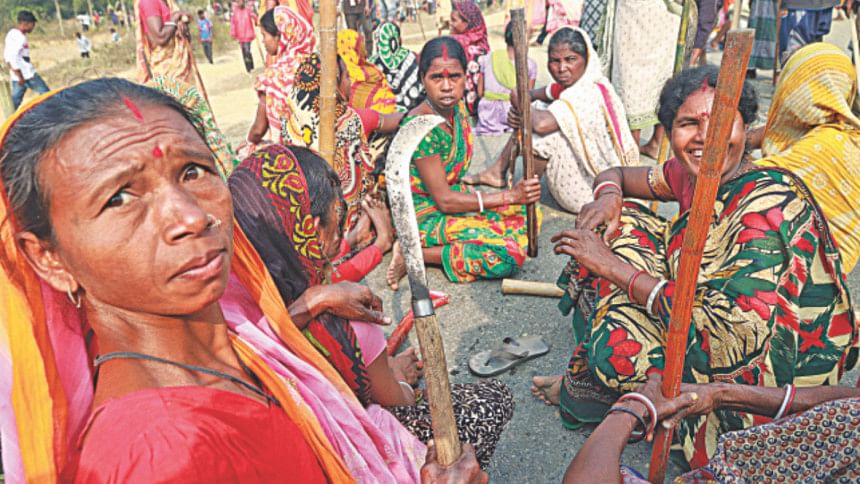
“We admit that in this fight we have many limitations,” concedes Lokkhi Bakti, a leader in the land rights movement. “We do not have legal documents on our side. We can only testify that we have farmed on this land for more than a century, that this land constitutes a part of our identity. We bury our dead in this land, we use it to eat, we finance our marriages with it. To lose it would be to lose certainty of our existence.”
ECONOMIC ZONES VS LAND RIGHTS
What the government move has done is spark the tea workers into a collective coalition that is demanding an end to the colonial style oppression that is taking place in our post-colonial nation. The tea workers now not only want to put a stop to the economic zone in Chunarughat, they are also moving towards building a movement that aims to secure rights to the land on which they live and farm. For this purpose, they have set up a Land Protection Committee that surrounded the BEZA office in Karwan Bazar on January 21.
From a purely economic point of view, this demand represents a smart move on the tea workers' part. They understand that the precarious state of their claims to the land makes them doubly vulnerable to a state that is slowly becoming obsessed with the notion of primitive accumulation. Channelling the Indian state, Bangladesh is also attempting to repossess land from farmers and other small minorities in order to turn it into high-investment economic zones. Collective movements in Rajasthan and West Bengal have shown that the peasant population of the Indian sub-continent will not back down without a fight. However, when it comes to a population that is not protected by legalities, the government can just swoop in and take their land. That is why the tea workers' movement is doubly important in the current context.
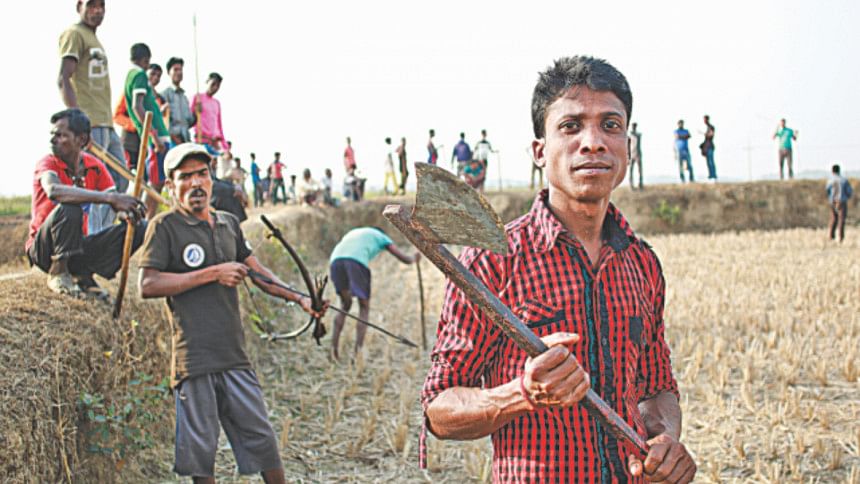
The Indian government emphasised on eminent domain (the government's right to purchase land back from private entities) as the tool with which to reclaim land by small farmers in order to set up economic zones. A closer look at these zones shows that most of the economic benefits go, firstly, to the investors, and secondly, to those who take up construction and power contracts in the country. Very little, if anything, actually goes back to the community which is to dispossessed by the economic zone.
The question then becomes, whose development is it, anyway? BEZA has so far pushed a very utopian idea of development at the economic zones, but there is little to suggest that it will be beneficial for anyone other than the ones who already have cash-lined pockets. Contrary to mainstream beliefs, industrial development is not always a good thing, not by default. The land rights movement is a step in the right direction for communities that need to look out for themselves when the government and the country for which they shed blood has deserted them. A more comprehensive next step would be to demand that these zones be owned by those whose lives it will affect the most -- the people of the communities. A share-owned, democratic industrial development project will go some way to adding truth to the benefits of industry. Until then, the movement for land and identity goes on.

 For all latest news, follow The Daily Star's Google News channel.
For all latest news, follow The Daily Star's Google News channel. 


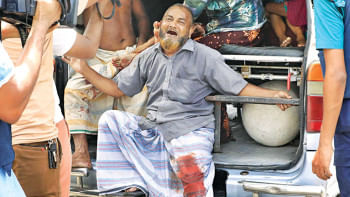
Comments